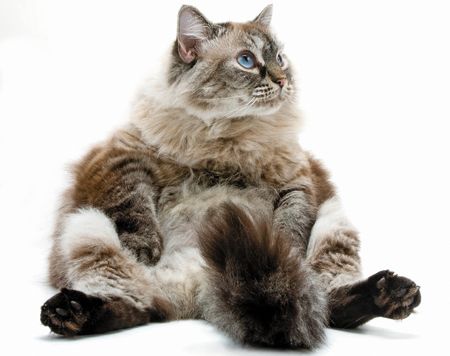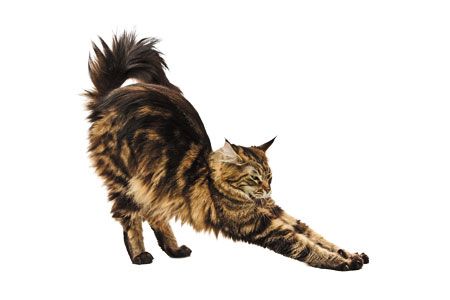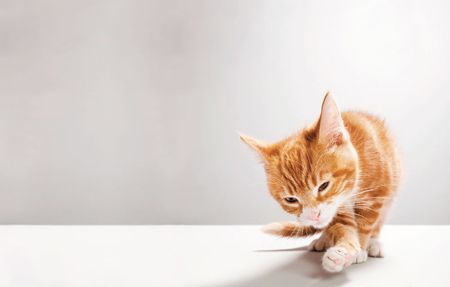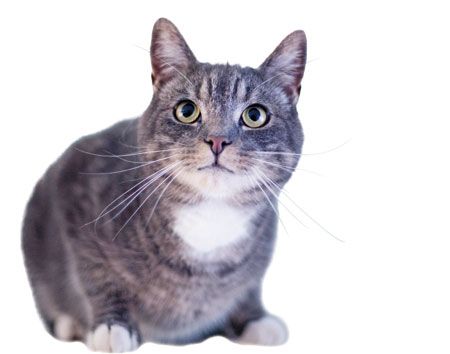Hail to the hairball: 5 fun facts about hairballs in cats
Hairball Awareness Day is April 25, 2014. So we're regurgitating the furry facts about furballs in your feline friends.
Next >
1. Hacking and health
Your client's feline friend frequently grooms, swallowing fur. Most the fur passes through the cat’s digestive system to decorate the litter box. Kitties who hork up frequent hairballs may need to see the veterinarian.

Photos courtesy of Getty Images
2. Furr-ociously fastidious
Longhaired cats, including Persians and Maine coon kitties, are more prone to hairballs, especially if they’re fastidious groomers.

3. T is for trichobezoar
When that cold, slimy mess makes first contact with your foot, you might shout hairball, furball or cat barf—or some other word we won’t mention here—but its technical name is trichobezoar.

4. Furball fun for everyone
While furry felines frequently take the fall for hairball surprises, cows, rabbits, ferrets and deer are other common culprits.

5. Get with the grooming
Dearly devoted feline worshippers can appreciate their kitties with regular grooming to remove excess hair. The veterinarian may also recommend diets or remedies if the kitty’s a frequent hairball sufferer.
